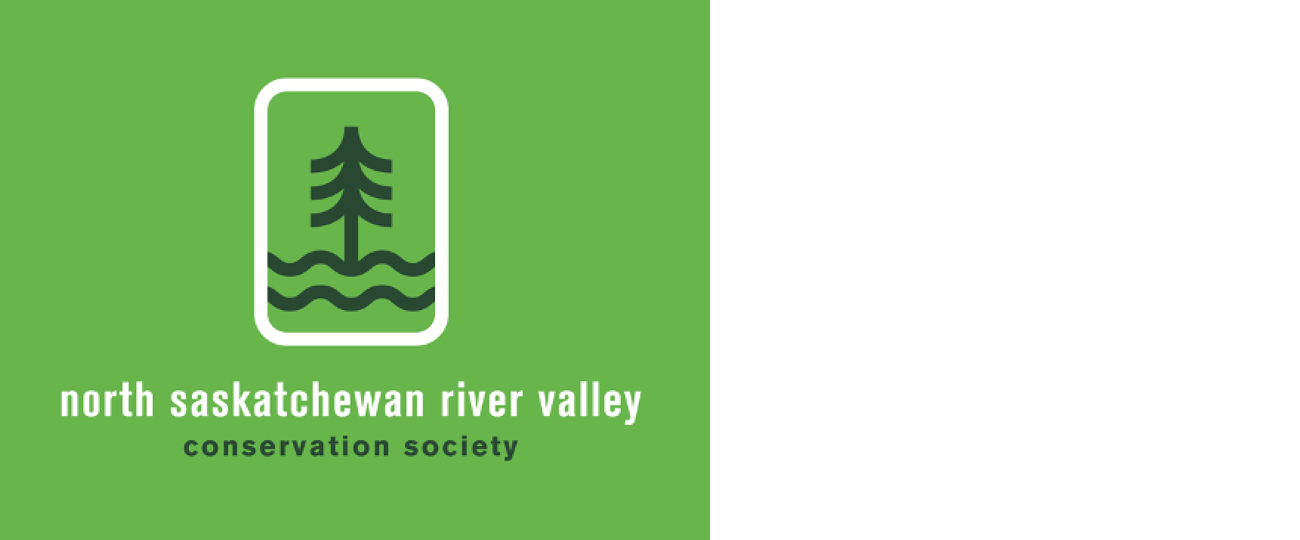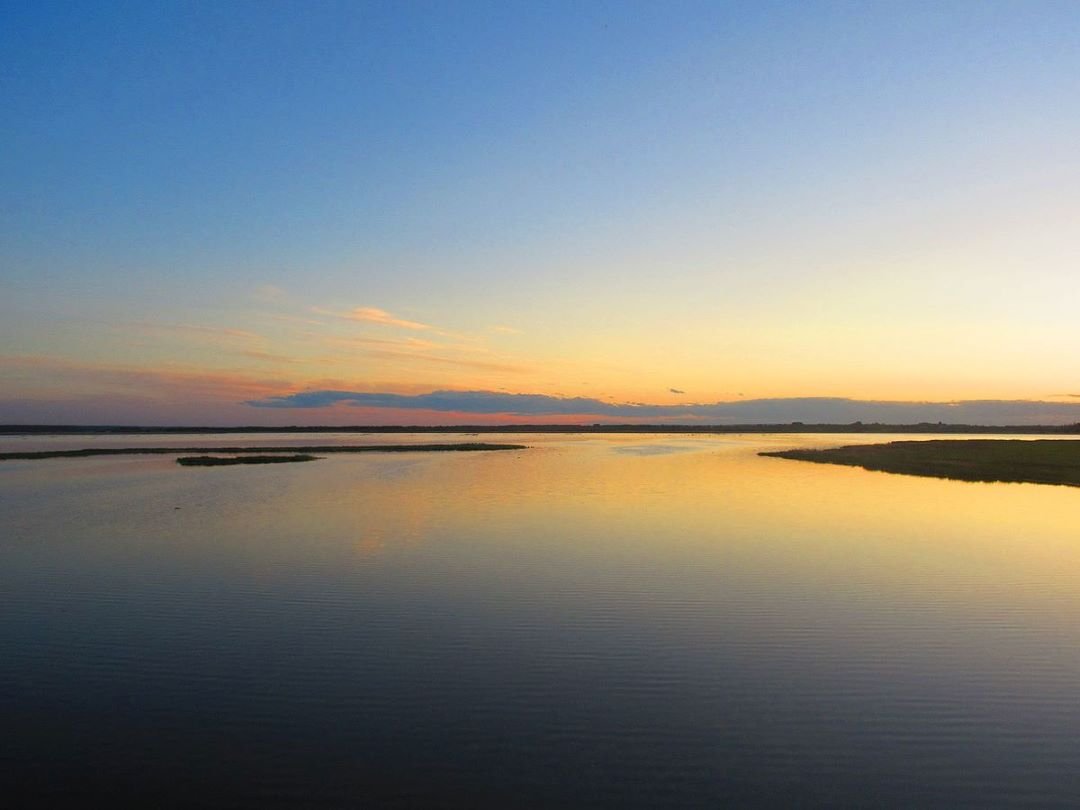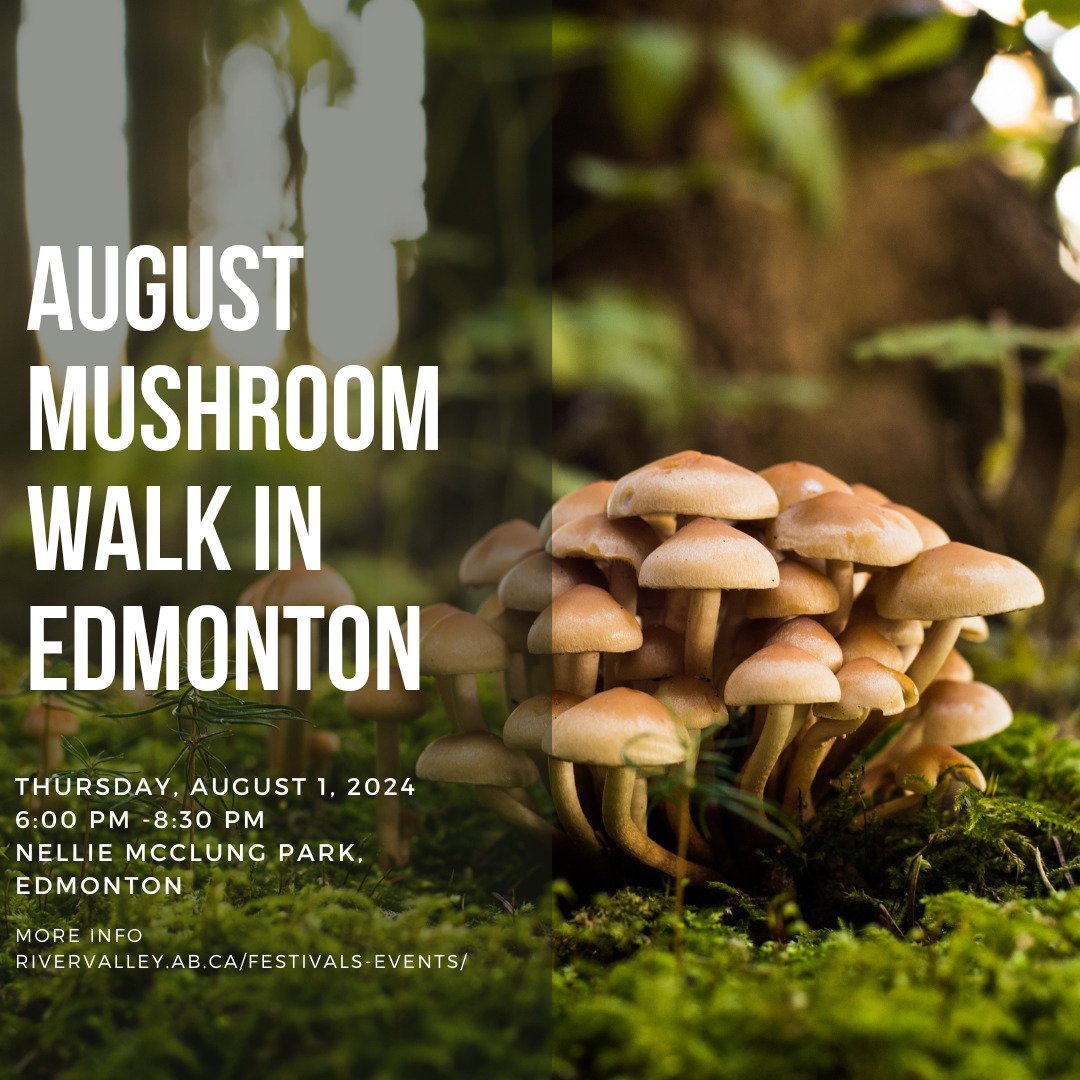Mill Creek outdoor pool reopens
Rose Tinka photo
Mill Creek outdoor pool reopened on July 8. The pool closed in 2020, due to the COVID-19 pandemic. It remained closed to comply with new Alberta pool standards. Rehabilitation and maintenance began in August 2022, extending the pool’s lifespan and improving accessibility and safety for users.
In the early 20th century, there were not that many options for Edmontonians to swim. Ponds and lakes around the town were deemed unsuitable for bathing or swimming, and it was noted “the river, as past experience has proven, is very dangerous.” In 1917, a makeshift pool was temporarily created by damming up Mill Creek.
However, it was evident that a more permanent option was needed. The outdoor pool first opened on June 22, 1953. The Edmonton Journal noted the $150,000 project in the Mill Creek Ravine would create a large central pool and “a separate diving tank, a wading pool and a large sundeck.”
Many aspects of the rehabilitation may go unnoticed. Work done “below the surface” includes the installation of anti-entrapment drains and upgrading and replacing the filtration, disinfection, mechanical and electrical systems to ensure Mill Creek outdoor pool aligns with current building codes and health and safety standards.
https://edmonton.taproot.news/briefs/2022/06/22/a-moment-in-history-june-22-1953
Indigenous connections to Sundew conservation land
This conservation land in in Westlock County is one of 17 natural areas the Edmonton & Area Land Trust has secured in the Edmonton region. Sundew is within Treaty 6 territory and Otipemisiwak Métis Government District 11. It is in the traditional territory of many Indigenous peoples, namely the Nêhiyawak (Cree), Otipemisiwak/Métis and Nakoda.
Sundew lies south of the hamlets of Tawatinaw and Nestow, which both have Nehiyawewin (Cree) names. Tawatinaw means river which divides the two hills, and Nestow is Nehiyawewin for brother-in-law. Sundew is close to the 100-mile portage, which was built in 1876 by the Hudson’s Bay Company. It was a popular fur trade route.
Métis Elder Billy Loutit famously made the 100-mile-long journey along the trail in 16 hours on foot. He traveled from Athabasca landing to Fort Edmonton, seeking aid for a large flood in Athabasca. Some accounts say he arrived at the same time as a man on horseback, sent from 80 miles away.
The Pembina River is just a five-minute drive from Sundew. It’s one of the major waterways within central Alberta that was used for trading and traveling by many different nations. The word Pembina means “high bush cranberry.” It is believed to be a French interpretation of the Nehiyawewin word “nîpiminâna” or the Anishinaabemowin (Ojibwe) “niibiminaa,” an earlier form of “aniibimin.”
High bush cranberry can be used in pemmican, which has been a staple of many different nations when traveling long distances. https://www.ealt.ca/sundew
Fruit trees on City of Edmonton property ripe for picking
Patrick Kyle photo
Residents are welcome to harvest from fruit trees and bushes on City of Edmonton property. The city’s Edible Fruit Tree database includes crabapple, acorn, chokecherry, cherry, plum, pear, apple, saskatoon, walnut, and more.
Pickers must ensure no damage or harm is caused to the tree including broken branches, pruning or removal of any woody materials. You are also responsible for your own safety while harvesting, as well as misidentification of berries and use of products from harvested.
The city warns of exposure to residue of chemicals such as pesticides, herbicides or other chemicals from the environment or soil that may be present on or in the fruit, as a result of over-spray from either public or private property. It is best to wash the fruit thoroughly before consumption.
https://data.edmonton.ca/Environmental-Services/Edible-Fruit-Trees/h4ti-be2n
Big Lake part of Edmonton river valley and ravine system
Did you know that land in Edmonton along Big Lake is legally part of Edmonton’s River Valley and Ravine system? What is referred to as Big Lake Reach is part of the North Saskatchewan River Valley Area Redevelopment Plan which serves to guide the protection and enhancement of natural and built assets within YEG's North Saskatchewan River Valley and Ravine System.
As part of Edmonton’s most important natural asset, Big Lake Reach, along with ravines and the river, provides essential ecosystem services, including, but not limited to, supporting biodiversity, providing clean soil, air, and water, supporting flood protection and mitigation, providing food and medicines, providing carbon sequestration and storage, and supporting urban climate regulation.
The River Valley and Ravine System also serves as a key ecological and movement corridor that provides critical habitat for a wide range of plant and animal species that live in and move through the city.
Big Lake is recognized as a globally significant Important Bird Area for its abundant and diverse bird populations, especially waterfowl and shorebirds. It supports large nesting grounds and many migratory waterfowl and shorebirds. More than 220 species of birds have been sighted at the lake. https://www.edmonton.ca/sites/default/files/public-files/Draft-RiverValley-AreaRedevelopmentPlan.pdf?cb=1720226085
Wild Life by Brandon Vickerd, Quarters Armature
https://www.edmontonarts.ca/public-art/wild-life
Comment or Contributions
Please note articles may not reflect the position of NSRVCS. River Valley News is meant to be a clearinghouse for the variety of opinions and ideas about Edmonton’s River Valley.
Email river valley photos, event information, comments, or questions to nsrivervalley@gmail.com
Forward this link to anyone you think may want to sign up for this newsletter https://www.edmontonrivervalley.org/newsletter-signup
















